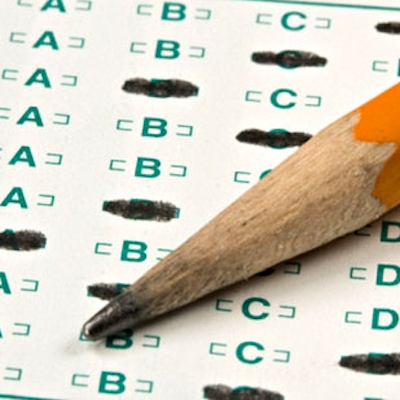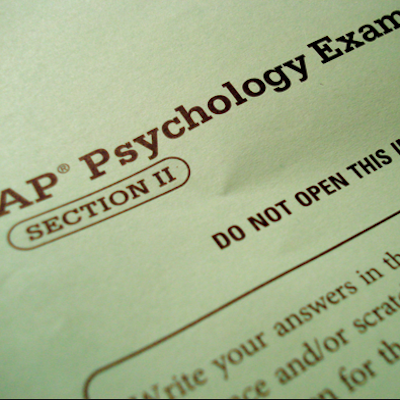It’s About Education: Funding for Home Visiting Parent Education Programs in Danger
Wednesday, February 18, 2015
Over the next forty-five days, Congress will decide the fate of an innovative, research-backed program that most of us have never even heard of: the Maternal, Infant, and Early Childhood Home Visiting (MIECHV) program. Through the Health Resources and Services Administration, the MIECHV program was established in 2010 to help low-income pregnant women and families with children from birth to age five to access the resources and develop the skills necessary to raise children who are physically, socially, and emotionally ready to learn. Since 2010, MIECHV has provided $1.9 billion to states, which are responsible for choosing the home visiting models that best meet their needs. Although $1.9 billion may sound like a lot, the money currently allocated to MIECHV is less than 1/25th of the funding provided to Head Start, which serves three and four year olds. The Obama administration’s budget request for the Department of Health and Human Services includes $500 million for MIECHV, a $100 million increase over last year.
There has been a great deal of research showing that home visiting parental education programs provide short and long term benefits not only to children and families, but also to communities: they reduce the number of children in social welfare, mental health, special education, and juvenile correction systems. Participating families have increased maternal health, fewer instances of child neglect and maltreatment, and reduced parental stress. Their children are more likely to enter school with strong language skills, ready to learn. All of these outcomes can result in significant cost savings for taxpayers by saving money in remedial education and retention, reducing the number of juveniles in our criminal justice system, and preventing substance abuse and child injuries.
In 2001, after teaching for eight years, I was surprised and dismayed by the number of students entering preschool and elementary school without the skills they needed to be successful. After talking with parents and educators, doing my own research, and securing grant funding, I founded a branch of the Parents as Teachers (PAT) program in Howard County, Maryland. Our team of four Parent Educators (one with a degree in psychology, one with certification in nursing, and two teachers) served a diverse community through weekly home visits. Using the PAT Born to Learn© curriculum, we taught parents about the developmental changes taking place in their children’s brains and bodies. We brought books, toys, and simple activities that parents could use to support their children’s development. Because we were located within the public school system, we received many of our referrals from teachers within the community: they knew which students had new siblings on the way or at home, as well as which parents might need support.
GET THE LATEST BREAKING NEWS HERE -- SIGN UP FOR GOLOCAL FREE DAILY EBLASTAs with all evidence-based home visiting programs, participation in PAT was completely voluntary. Parents were not obligated to register for the program, and they were free to drop out at any time. Overall, our program was a great success and families stayed with us, and we had a full caseload with a waiting list from the start. I believe that there are several key reasons for that:
- We were associated with the school system. This provided legitimacy and a level of trust from the very beginning. It also gave us an entrée into families that might have already had bad experiences with agencies like the Department of Social Services or the Department of Children, Youth and Families, since we were not directly associated with them.
- We believed in the potential of every single child. All parents want their children to excel and achieve their dreams. I have never met a parent, from any socioeconomic or cultural background, who does not want his or her child to be successful in life. People rarely turn down an offer for free assistance in this area.
- We served families from all socioeconomic and cultural backgrounds. Our program was not targeted towards low-income families, although just over 50% of our families qualified for public assistance programs. This heterogeneous group of parents shared child-rearing experiences at our monthly meetings and learned that they had quite a bit in common with one another.
- We visited homes every single week, generally on the same day/time each week. This routine is important, not only for building a habit, but also for building a relationship. Parents trust people they can count on. Sometimes we went outside, sometimes we played on the floor, sometimes we went to medical appointments or school meetings with parents, but we showed up every single week.
- We offered something of value. We explained child development stages, brought handouts to leave with parents, and gave them advice about things like discipline, toileting, and childcare. We also screened children for any developmental delays.
- We provided referrals to other services. Due to our relationships with the Department of Health, the Department of Social Services, the Early Intervention program and the school system, we were able to help parents access needed resources for their children and families.
We know that home visiting parent education programs strengthen families and communities. For this reason, more than 750 social leaders and organizations have signed a letter requesting that Congress authorize the funding for MIECHV. The Brookings Institution stated in a memo, “The danger is that members of Congress will not realize how high the stakes are, gain a false impression of the history and nature of the MIECHV program, and cut funding even before we get the full set of facts.” Only a fraction of the families who might benefit from home visiting parent education programs currently receive services. If we truly want to alleviate the achievement gap, we must commit funds and resources to early childhood programs that begin at birth and include parents as a part of the solution. Please contact your representatives in Congress and let them know that this is important to all of us.
Lauri Lee is an independent consultant with over twenty years of experience in both public and private education, with learners from infants through adults. With experience in teaching, marketing, communications, social media, development, admissions, and technology, she is able to synthesize many of the issues facing our educational system today. She lives in Providence, RI with her family, a big dog, and a small cat. She blogs a thttp://www.AllAboutEducation.net and you can follow her on Twitter at @fridovichlee.
Related Slideshow: 10 RI State Education Rankings
Related Articles
- It’s All About Education: Student Engagement Leads to Success
- It’s All About Education: Chronic Absenteeism’s Effect on Learning
- It’s All About Education: Making the Dream a Reality
- It’s All About Education: Playing in the Woods Can Help Kids Reach Their Full Potential
- It’s All About Education: What if College Isn’t Necessary
- It’s All About Education: Is it Time for a Slow Education Movement?
- It’s All About Education: The Connection Between Housing and Achievement
- It’s All About Education: Could Text Messaging Make Us Better Parents?
- It’s All About Education: Can Recess Help Children Be More Successful?
- It’s All About Education: Do You Trust Your Child’s Teacher?
- It’s All About Education: It’s About Time
- It’s All About Education: Why Common Core Won’t Help Our Children
- It’s All About Education: Will Charter Schools Fix Our Public School System?
- It’s All About Education: Schools that Harness the Power of Nature
- It’s All About Education: Social Promotion is Not the Problem
- It’s All About Education: Free College Tuition - Why Just Community College?
- It’s All About Education: A Recipe for Disaster - Common Core Standards for Kindergarten
- It’s All About Education: Inequities in the College Admissions Process
- It’s All About Education: Some of Education’s Best Ideas from 2014
- It’s All About Education: The Rise in Kindergarten Readiness Testing
- It’s All About Education: What is an “Excellent” Teacher, Anyway?
- It’s All About Education: Can Universal Preschool Close the Achievement Gap?
- It’s All About Education: How Can We Ensure that Kids Have Great Teachers?
- It’s All About Education: The High Cost of Higher Education
- It’s All About Education: Is the American Dream a Pipe Dream?























